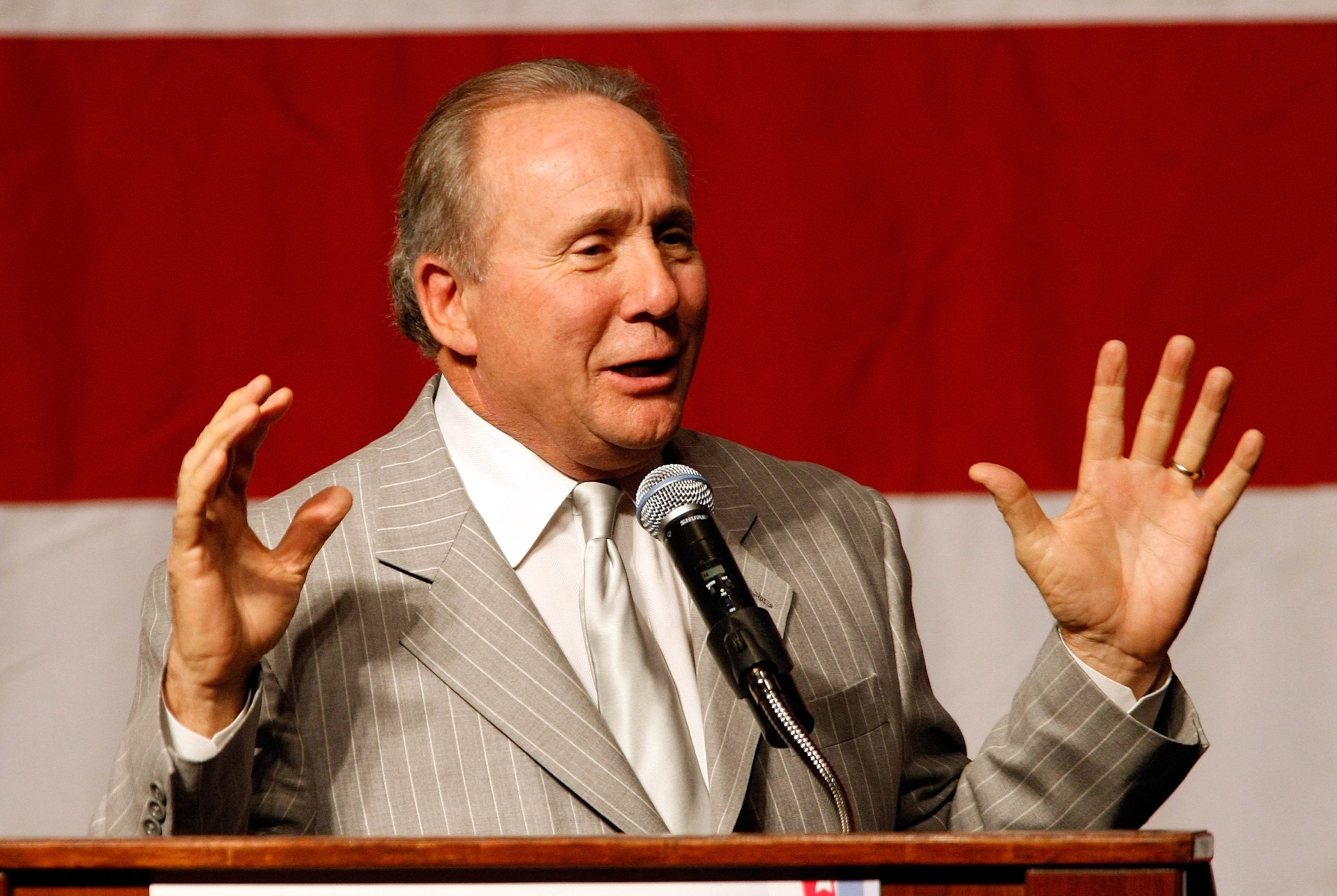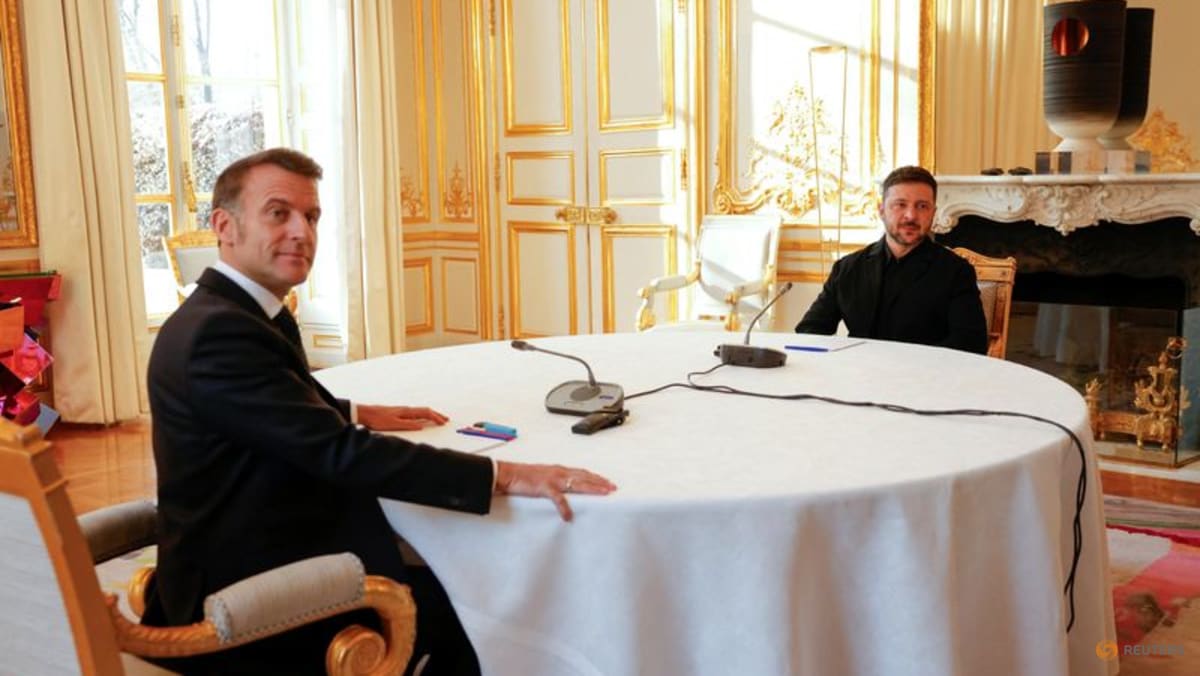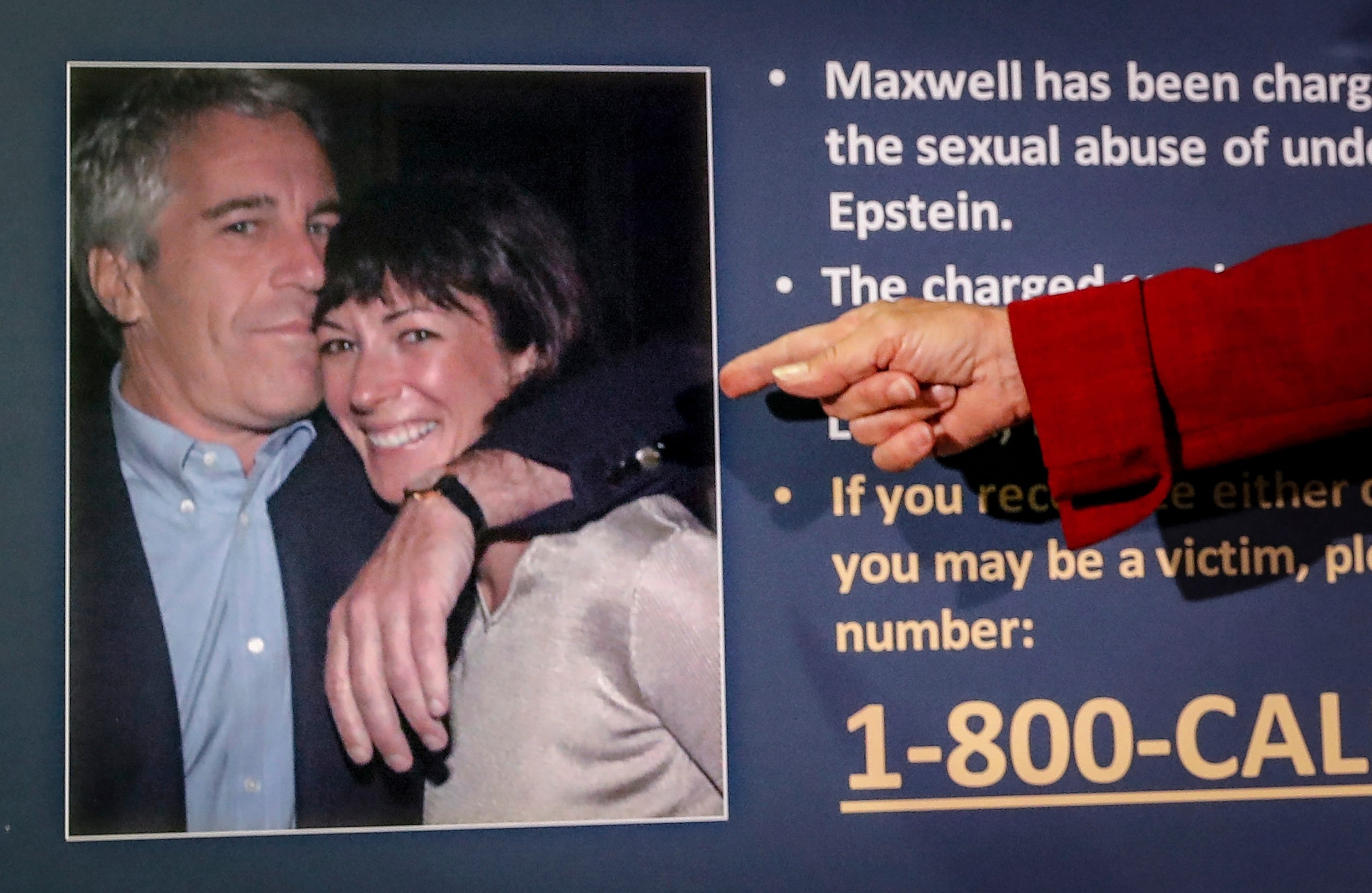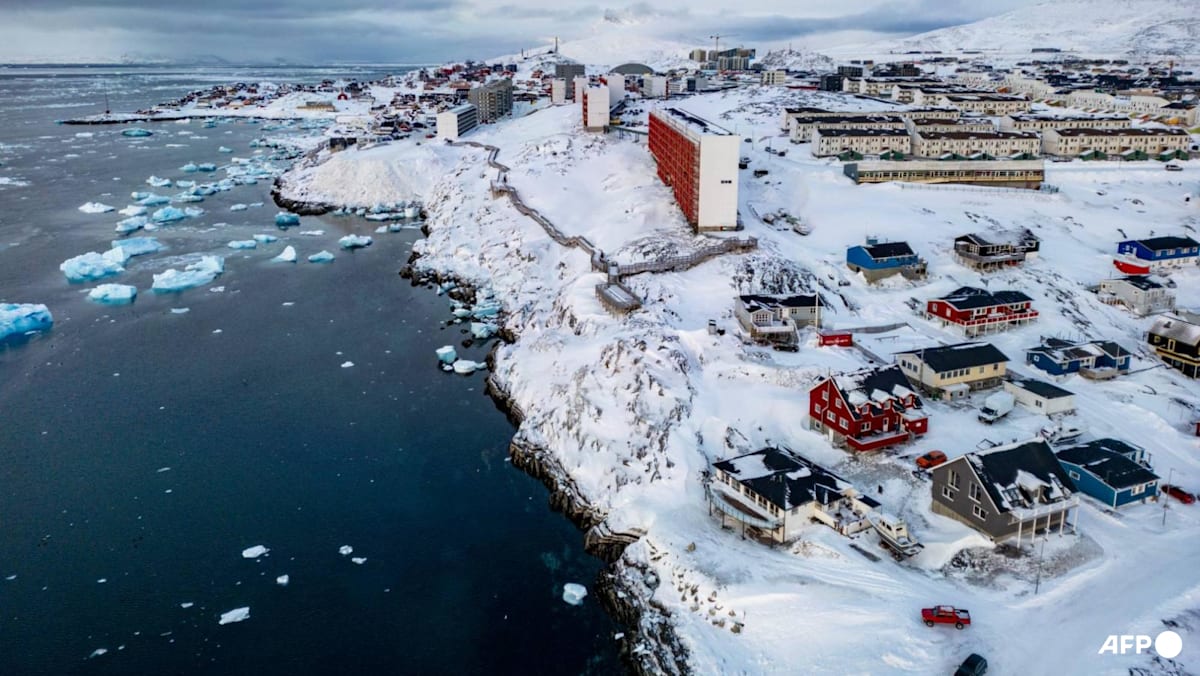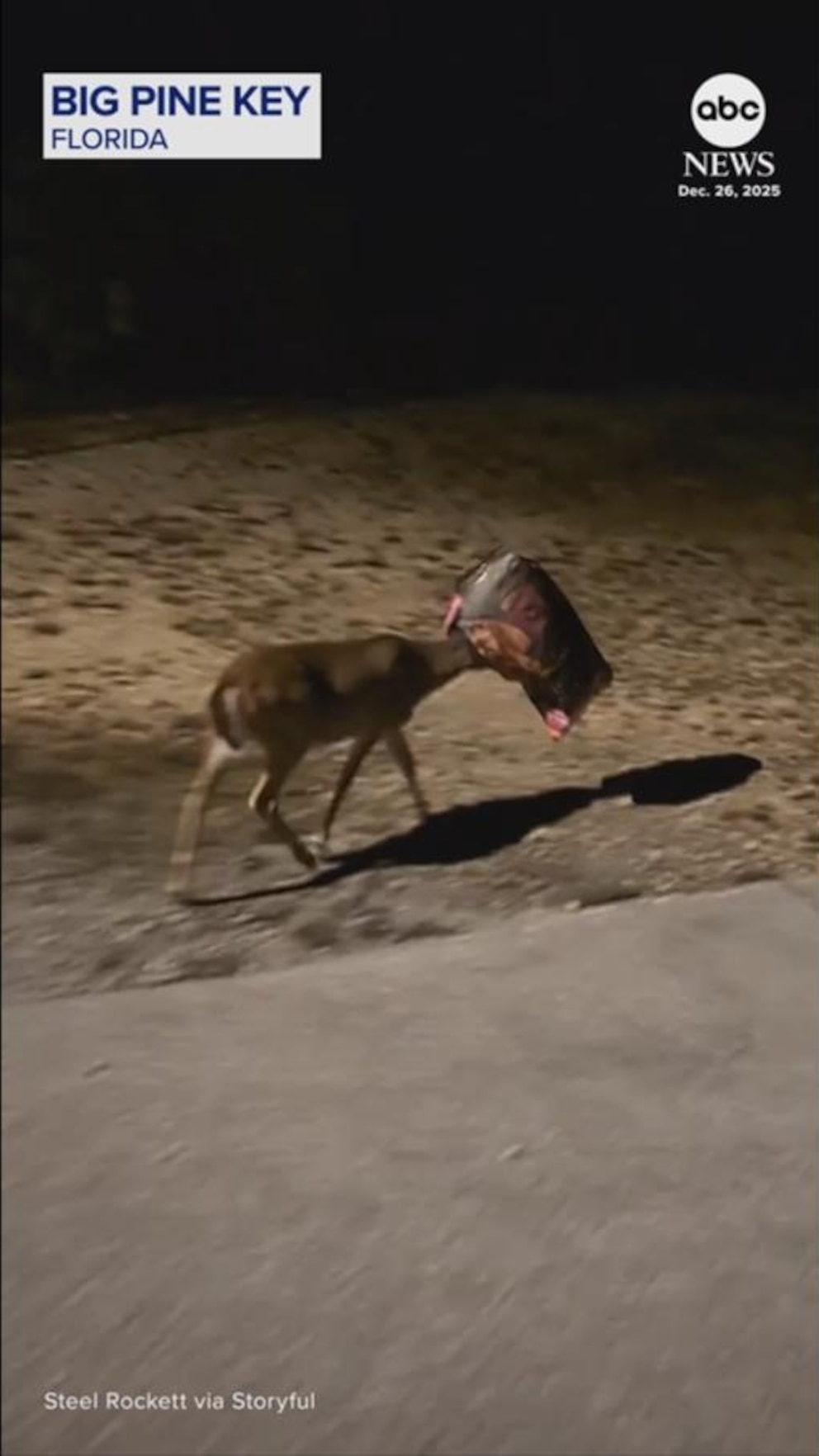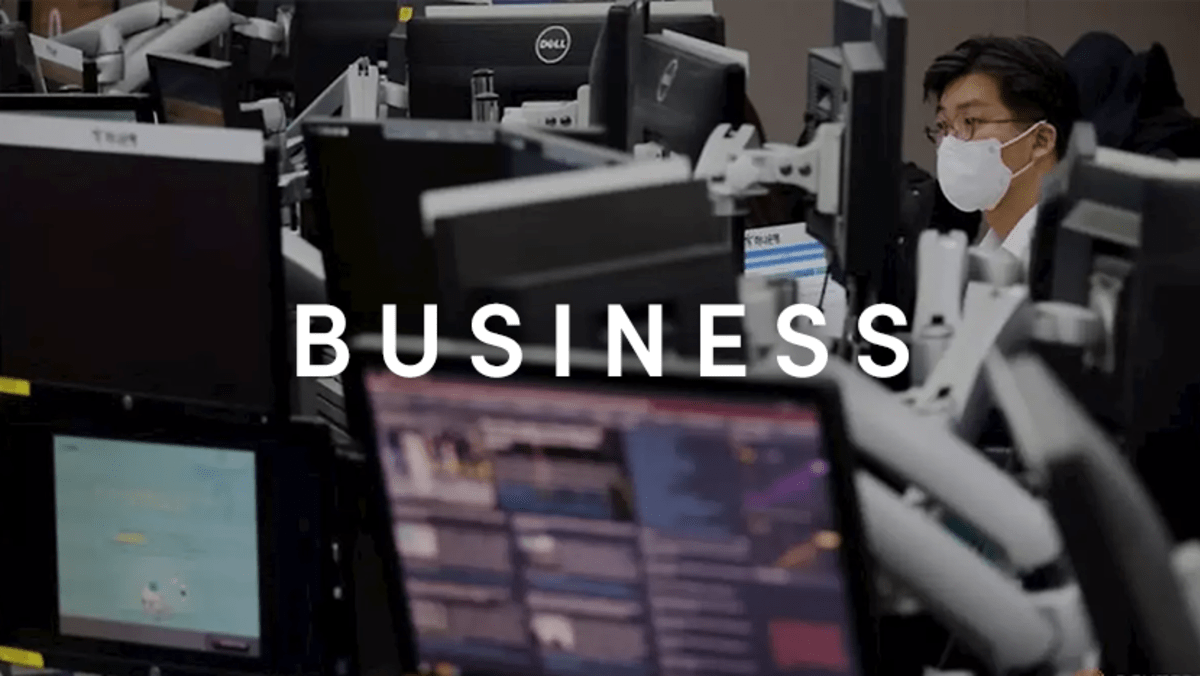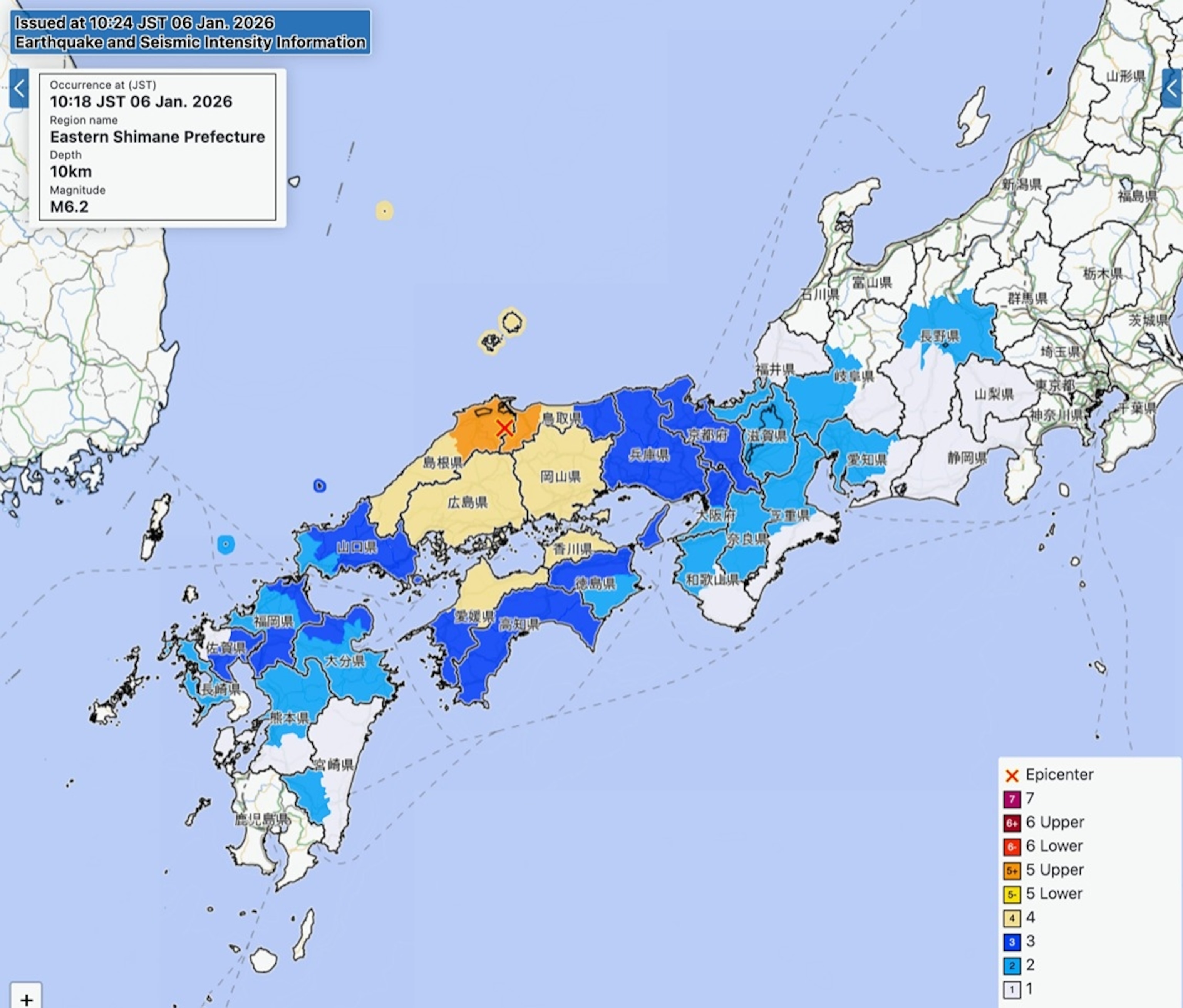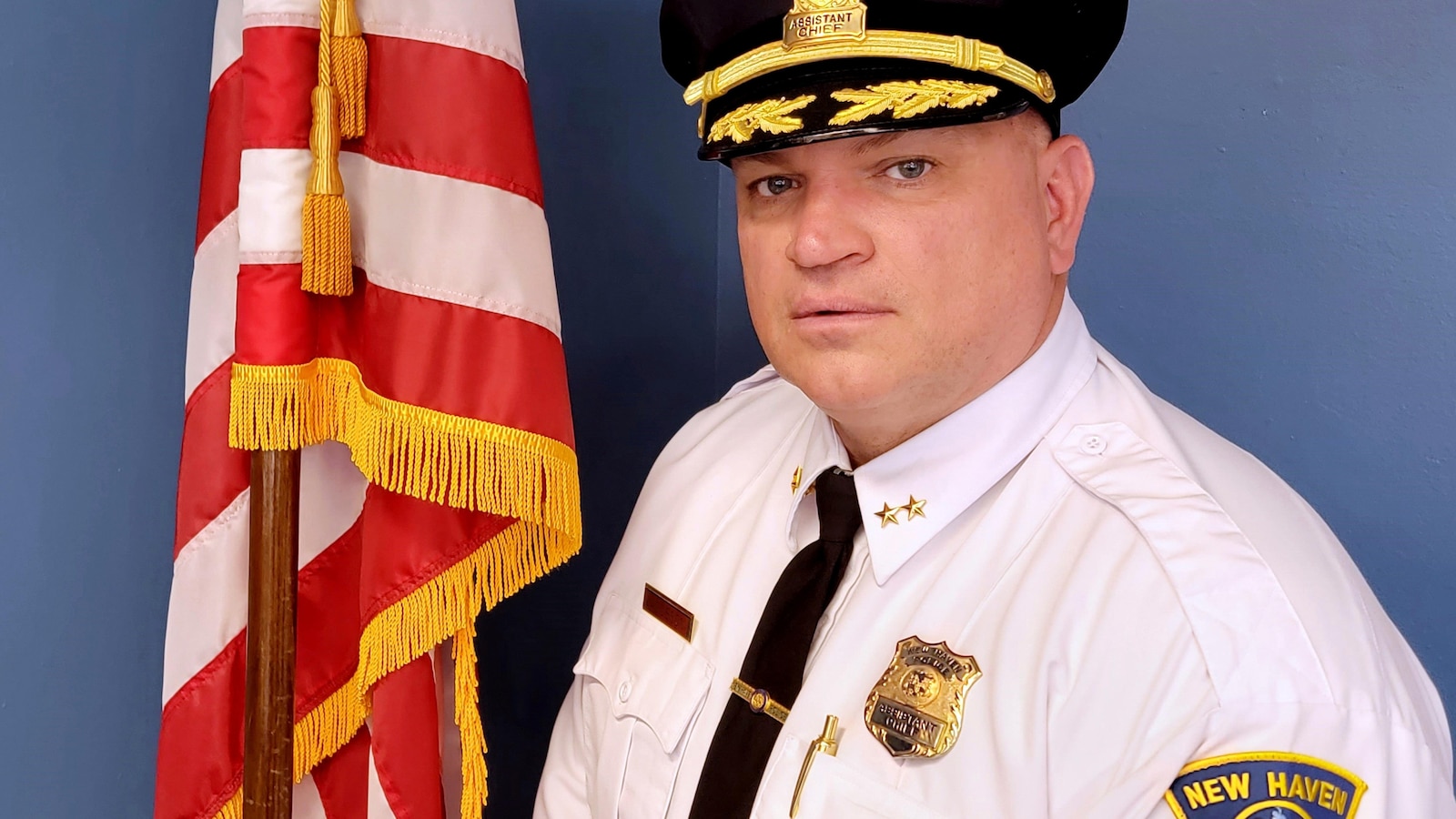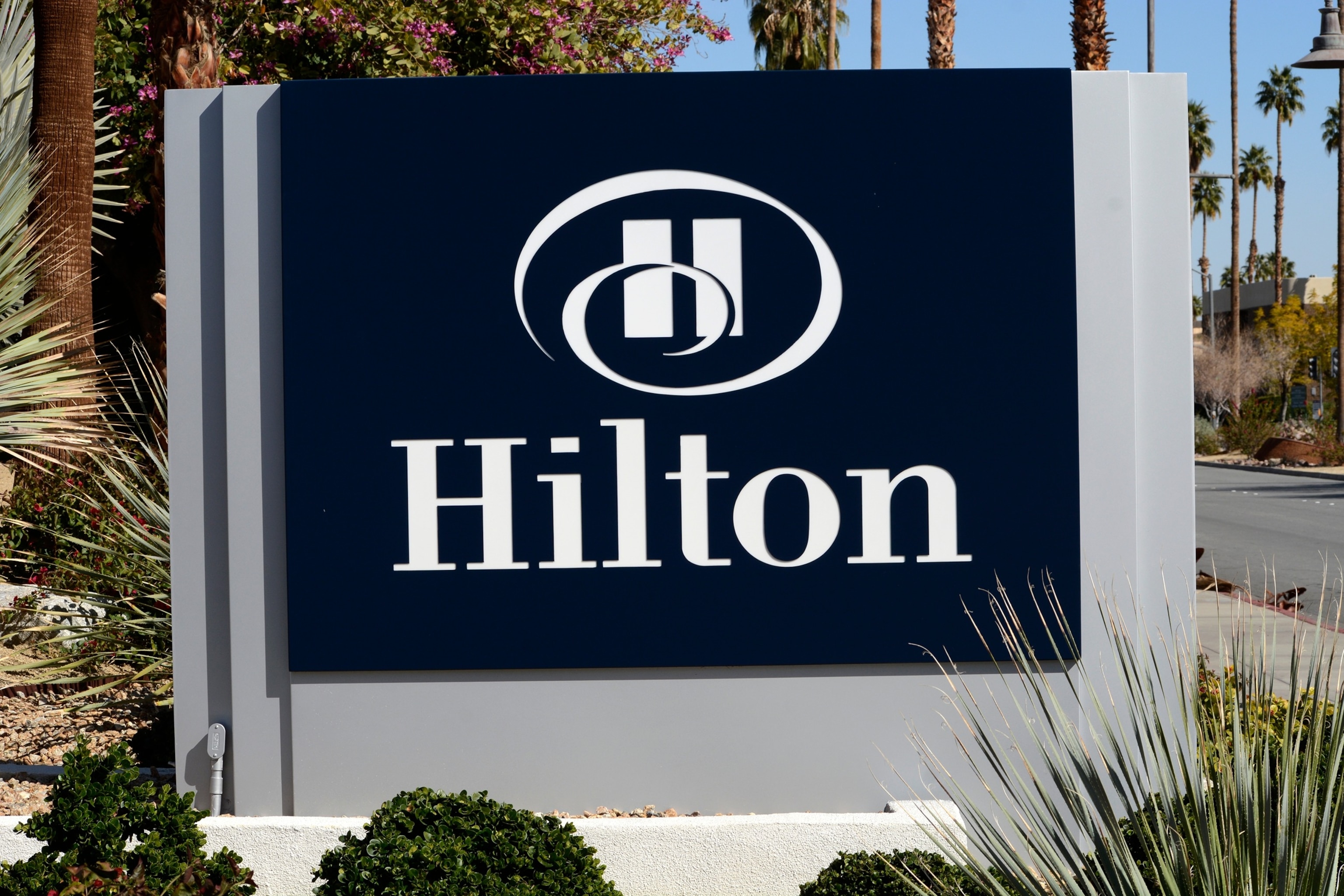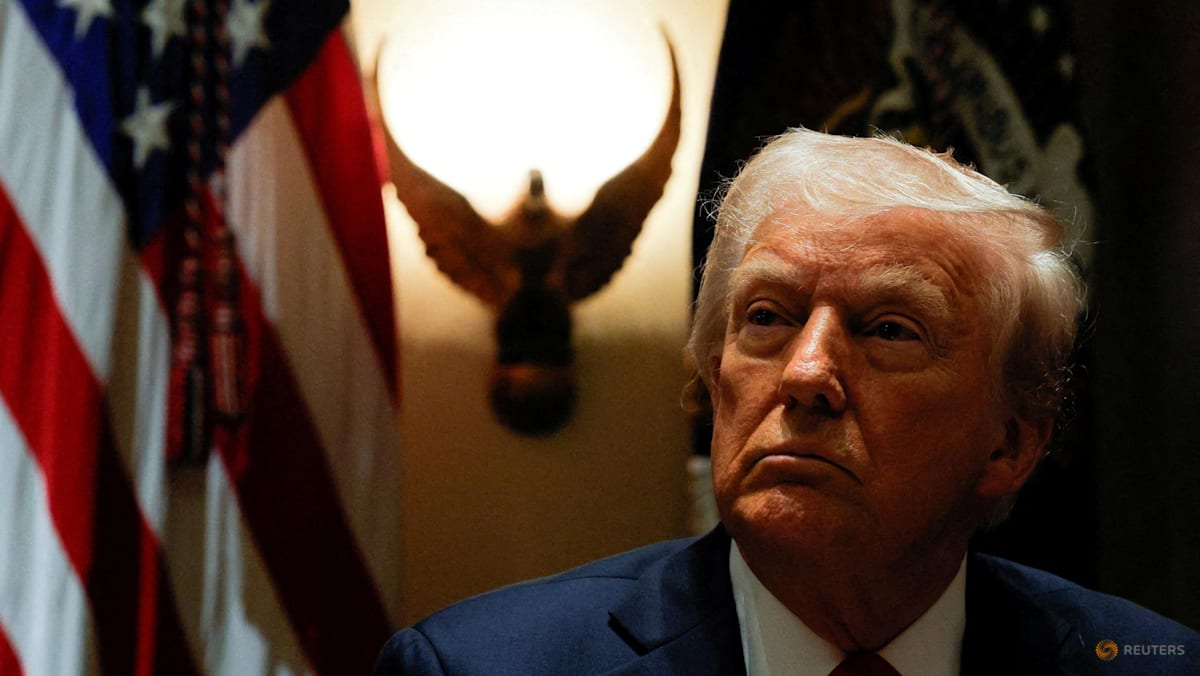Tupac Shakur murder: The untold story of why it took nearly 3 decades to make an arrest

It appeared that the unsolved murder of rap star Tupac Shakur could not have been more cold.
Nearly three decades ticked by with no arrests despite multiple public statements by a self-confessed Los Angeles gangbanger, and repeated comments that the police knew who was behind the 1996 drive-by off the Las Vegas Strip.
Behind the scenes, authorities in Sin City were working quietly and steadily, pushing forward.
In this March, 1994, file photo, rapper Tupac Shakur poses for photos backstage after his performance at the Regal Theater in Chicago.
Raymond Boyd/Getty Images, FILE
“We left no stone unturned,” Clark County Sheriff Kevin McMahill, who leads the Las Vegas Metro Police Department, told ABC News in his first extended comments on the case. “Tupac is one of those people that sort of transcends his own death… he and his family deserve a police department that goes after justice.”
In July 2023, the cold case of Shakur’s killing turned hot when police raided a Vegas-area home. Then, on a sunny September morning in Henderson, Nevada, McMahill’s officers made an arrest.
Since Vegas police searched that home and arrested Duane “Keffe D” Davis, ABC News has been investigating the probe and whether the killing could have been solved earlier. This is the story of what transpired when hip-hop and the violence of dueling street gangs collided with police departments in both Vegas and Los Angeles, and their competing efforts to solve the twin shootings of Shakur and fellow rap icon Biggie Smalls.
On Sept. 29, 2023, Davis was charged with murder and authorities alleged that, though he did not fire the gun that killed Shakur, Davis was the “shot caller” and riding with the assailant. Sitting in the back of a police car, Davis, an admitted member of the South Side Crips, told the cop driving him he knew exactly why he had been busted: “the biggest case in Las Vegas History.”
Davis has pleaded not guilty and is currently held in the Clark County jail in Vegas. His trial is set to begin Nov. 4.
Davis’ attorney Carl Arnold points to what he says seems a dearth of concrete evidence in the case – and that Davis was no “shot caller.”
“Basically their whole case right now, from what I’ve seen, is just Keffe’s statements,” Arnold said. “If that evidence is all it is, we can walk into trial today. We’re walking back out. Not guilty.”
Fourteen years ago, police and prosecutors in Las Vegas had been on the verge of arresting Davis for the Shakur killing, officials told ABC.
Davis sat down with Las Vegas detectives in 2009 to tell his version of events, and according to police complete with his role in the homicide – a story he would go on to recount over and over, including on the pages of the memoir he would publish in 2019.
On Sept. 7, 1996, the night Shakur was shot, it seemed as though the entire world had descended on Vegas to see Mike Tyson fight Bruce Seldon. Shakur was there, along with rap impresario Marion “Suge” Knight, a founder of the famed Death Row Records. Each was trailed by their entourages. Davis and his crew were also in town.

Sheriff Kevin McMahill in his first extended interview on the Tupac homicide investigation tells ABC News his team left ‘no stone unturned’ in their investigation.
ABC News
After the fight, in the lobby of the MGM Grand, Shakur and Knight encountered Orlando “Baby Lane” Anderson – Davis’ nephew, and a reputed young Crips member. Shakur was told Anderson had been involved in trying to steal a Death Row Records pendant months earlier – a major infraction in the hip-hop world. Shakur and Knight were moved to confront Anderson.
That now-infamous beatdown sparked a chain reaction that would lead to Shakur’s death, prosecutors allege. It also, according to Davis’ account, gave him and his crew the “ultimate green light” to seek out “the dudes that beat up” Anderson, and particularly, Knight.
Riding in the front passenger seat of a Cadillac that night, Davis said they ultimately found Shakur and Knight driving in a BMW near the Las Vegas Strip. Anderson and another man were in the backseat of the Cadillac with Davis.

Retired Los Angeles Police Department detective Greg Kading is shown. He first interviewed the man now accused of being the “shot caller” in the rapper’s killing in 2008.
ABC News
“We at the light on Las Vegas and Flamingo,” Davis told police in 2009, in what Las Vegas police say was a “surreptitiously” recorded interview. A copy of the recording was obtained by ABC News. “He, Suge, ah, Tupac hanging out the window,” with “all the girls was going crazy on the corner.”
“What happened when you pulled up alongside?” a detective asked Davis.
The answer: “Got to shooting.”
Davis explained he maneuvered the gun toward the backseat when his nephew grabbed it.
“Orlando said, ‘Give it here, I’ll shoot,'” Davis said. “And he got to shooting.”

In this Nov. 2, 2023, file photo, Duane Davis appears in Clark County District Court to plead not guilty at an arraignment at the Regional Justice Center in Las Vegas.
Ethan Miller/Getty Images, FILE
Knight was injured. Shakur was hospitalized and died six days later.
Police now point to both Davis’ 2009 interview and a series of similar media statements as clear admissions and key evidence.
“We believe he’s the shot caller, and we believe he provided the weapon,” McMahill told ABC News.
“We never forgot about this case,” said Las Vegas Police Lt. Jason Johansson, who leads the homicide bureau. “If anything, this shows we never forgot about it.”
Investigators and prosecutors in Vegas seriously considered arresting Davis after he made the 2009 statement, authorities told ABC News. But they decided that, with only Davis’ words in the one police interview, there wasn’t enough evidence to proceed. Instead, they continued working the case, trying to untangle the various conspiracy theories and attempting to build a prosecution.
What had not been previously revealed is the strange series of events connected with both the 2009 confession and an earlier one in 2008 that led to a heated dispute between LA and Vegas police.
Officials said Davis confessed to his role in the Shakur homicide in 2008 to detectives on a joint federal-LA task force. That time, according to police, Davis made his admissions as part of what’s known as a “proffer agreement,” so what he told investigators could not be used against him in court.There was concern among Vegas authorities then, in 2009, that Davis would argue in court that both sets of alleged confessions were inadmissible because the proffer gave him immunity even though Las Vegas police had no role in making the agreement. And, if a judge were to side with Davis, they figured, that would likely have doomed any prosecution.

Las Vegas Police Lt. Jason Johansson, who leads the homicide bureau, tells ABC News in an interview that investigators “never forgot about this case.”
ABC News
“After they became aware of our proffer session, they came out and conducted their own interview,” retired LAPD Det. Greg Kading, who was leading the investigation in California, said of his Vegas counterparts. “But because it’s a law enforcement interview, it has to still fall under the purview of the proffer.”
Bottom line, Kading said, “They were hamstrung.”
What occurred with those alleged confessions continues to be a source of friction to this day.
“I just don’t believe a lot of the information that was being conducted there in LA was actually being shared with us,” McMahill said. There was “a level of frustration on the part of my detectives in being able to actually move forward.”
McMahill explained “our bad guys and their bad guys, they go up and down Interstate 15 and they commit crimes here and go back to LA and vice versa. So we’ve always had a really good relationship with and sharing intelligence. But in this particular case, that was less than optimal, for certain. And I’m not exactly sure why.”
Kading said he and his team had reason to withhold information.
“If we were to do it all again, I would do it the exact same way,” Kading said in an interview. “When Keffe D agreed to be an informant, we’re going to utilize him as an investigative tool. We need to keep that as confidential as possible.”
The dispute in 2009 between LA police and Vegas became so testy that it nearly came to blows at one point, officials told ABC News. Kading said he does not recall that.
In a statement to ABC News, LAPD said its “equally concerned about Sheriff McMahill’s claim from 2008 and 2009.”
“The department has not received information about this claim and any recent inquiries regarding this case have been accommodated,” LAPD’s statement continued. “The Chief of Detectives for the LAPD is actively seeking a meeting with personnel from Las Vegas Metro to determine the specifics of what transpired during this investigation, at that time, between our respective organizations. Although the personnel involved in this case in 2008 and 2009 are no longer with the department, we will investigate to better understand if information was withheld. The LAPD and Las Vegas Metro have a robust relationship, resulting in solving numerous crimes in both jurisdictions and look forward to continuing this relationship.”
In March 1997, six months after Shakur was gunned down, Biggie Smalls was killed in an LA drive-by, in what many both in law enforcement and in the rap world believe was revenge for Shakur’s shooting. Shakur and Knight were allegedly connected to the Bloods street gang, authorities have said; on the other side, Biggie and Sean “Diddy” Combs, the founder of Bad Boy Records, which authorities say, often hired the rivaling Crips as security – of which Davis was an admitted leader.
It was, in fact, that unsolved killing of Biggie Smalls that Kading’s task force were investigating when they first spoke with Davis.
“We go into questions about Biggie Smalls’ murder,” Kading explained. “And his response was like, ‘I can’t really tell you anything about that. We didn’t do that. But I can tell you about another one.’ We begin to understand that maybe he’s involved in the Tupac Shakur murder.”
In the years since, Las Vegas police said they continued to pursue Davis – and an eventual arrest.
Davis, it turns out, would help police build their case more than he realized.

In his first extended interview, Duane “Keffe D” Davis’ attorney Carl Arnold tells ABC News he hasn’t seen sufficient concrete evidence to convict his client.
ABC News
In 2018, Davis did an interview for the docuseries “Death Row Chronicles.” A year later, he published his own memoir. By making those comments, police and prosecutors say, he no longer was protected from prosecution.
“That reinvigorates the investigation,” Johansson said. “More and more people began to provide us with a better description of their recollection of that night.”
Arnold, representing Davis, said his client was simply spinning tales for a payday.
“All these interviews that he’s done, all of these stories are inconsistent,” Carl Arnold, representing Davis, told ABC News. “He did it for profit, No. 1. And, you know, notoriety.”
ABC News’ Alex Stone contributed to this report.
Source: abc news


